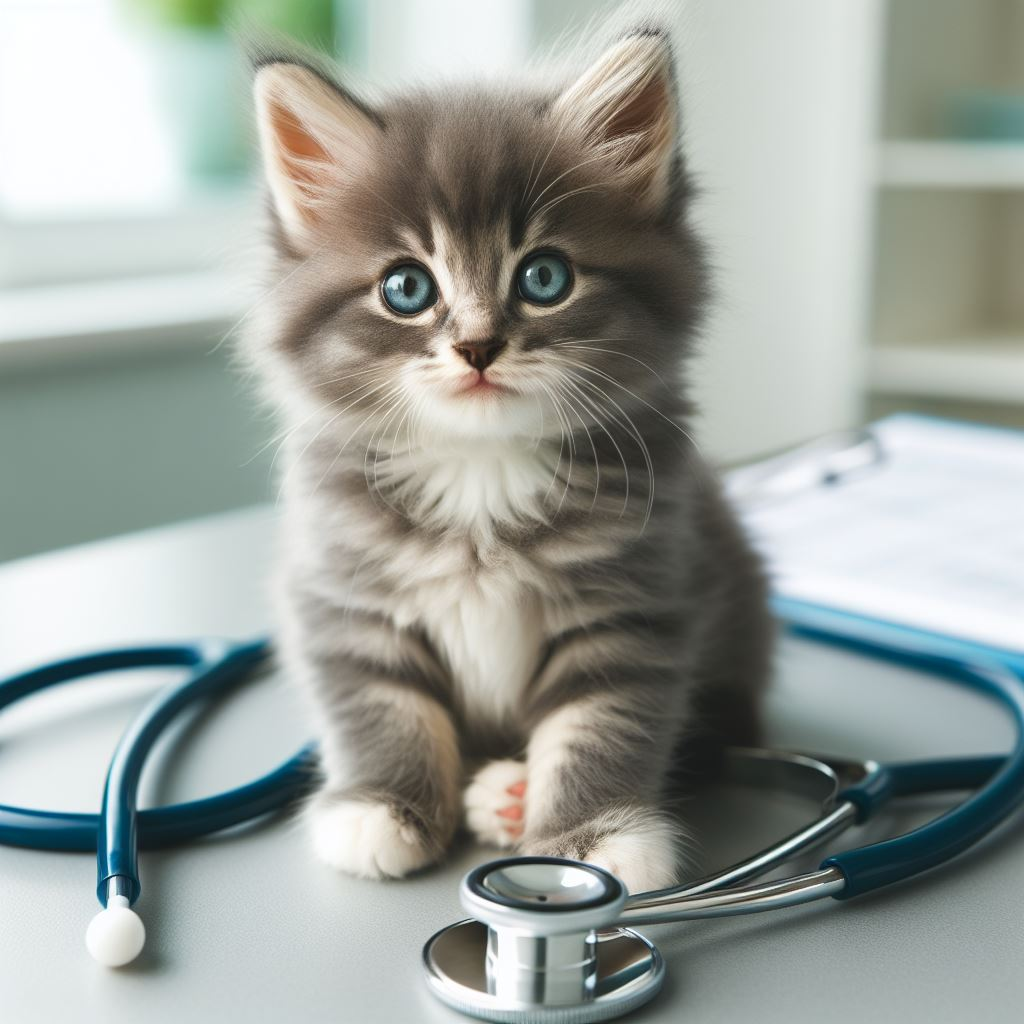
When Can Kittens Safely Switch to Adult Cat Food?
Hey there, feline friends! If you’re a new cat parent wondering, “When can my kitten eat adult cat food?” you’ve come to the right place. This is a common question and an important one to get right to ensure your rambunctious little fuzzball grows up happy and healthy.
Let’s start with the basics. Kittens and adult cats have very different nutritional needs. Kittens are rapidly growing babies with tiny tummies but BIG appetites. They need tons more protein, fat, and certain vitamins and minerals to fuel their development compared to their full-grown counterparts.
Could Adult Food Hurt My Kitten?

Here’s veterinarian Dr. Whiskers with some words of wisdom: “While the occasional bite of adult cat food won’t harm a kitten, regularly feeding them adult formulations can definitely cause problems. Kittens have very different requirements.”
“Without tailored nutrients to support their explosive growth, you may see issues like nutritional deficiencies, poor coat quality, weight gain, bone development problems, and even increased risk for illness.”
Yikes! Dr. Whiskers makes a compelling case for sticking with kitten chow for now. So when is it safe to make the switch?
Knowing When the Time is Right
The general rule is to feed kittens kitten food until they are around 90% of their adult weight. For most cats, this lands around 10-12 months old, but larger breeds like fluffy Maine Coons can take even longer, sometimes up to 18-24 months.
“Every kitten develops differently,” explains Dr. Whiskers. “Check in with your vet as you near that 1 year mark to decide the right time. They’ll consider your cat’s breed, body condition, and growth rate to customize the ideal transition plan.”
Making a Gentle Switch
Okay, so Fluffy has gotten the green light from Dr. Whiskers to try adult cat food. How should you go about introducing it? The key is taking things slow and steady.
“Suddenly changing foods can really upset a kitty’s digestive system,” cautions Dr. Whiskers. “Try mixing a little of the new food in with their current food, then gradually increase the new while decreasing the old over about 7-10 days.”
| Days 1-2: 1⁄4 new + 3⁄4 old food |
| Days 3-4: Half new + half old food |
| Days 5-7: 3⁄4 new + 1⁄4 old food |
| Day 8: All new food |
Keep a close eye on litter box deposits, appetite, and tummy sensitivity during this process, and slow things down if the kitty seems distressed.
Picking the Purrfect Adult Food
Phew, you made it through the food transition! Now comes choosing an ideal adult cat food for long-term nutrition. Seek out high protein options listing real animal ingredients like chicken or salmon first. Check labels for an AAFCO nutritional adequacy statement, too.
Prioritize quality over cost when possible here ─ those ingredients really impact skin, coat, energy levels, immune health, and so much more!
Special Considerations by Breed
I promised more tips from Dr. Whiskers, so here’s a final tidbit: “Make sure to account for the breed when determining both nutrition needs and the right time to switch foods. For example, larger cat breeds like Maine Coons often take much longer to physically mature, so their elevated nutritional needs persist longer.”
“Conversely, smaller breeds like Singapuras generally reach their adult size sooner. As always, check with your veterinarian, monitor your kitten closely during transitions, and feed a diet tailored to their life stage for the healthiest results!”
The Takeaway on Kittens and Cat Food
Well, there you have it, friends! Hopefully, this gave you a helpful overview of why kitten food differs from adult cat food, when it’s safe to transition between them, and some best practices for introducing a new diet.
The key takeaways:
- Kittens need more protein, fat, and certain nutrients to fuel growth
- Wait until around 12 months/90% adult size before switching foods
- Gradually transition between foods over 7-10 days
- Work with your vet to determine the optimal transition schedule
Any questions on this important process? Let me know in the comments!


Leave a Reply